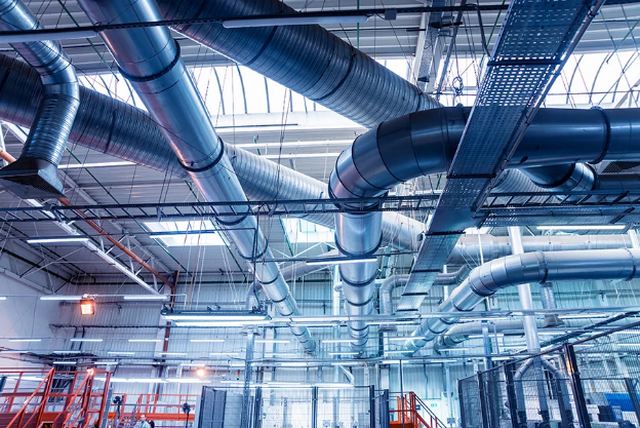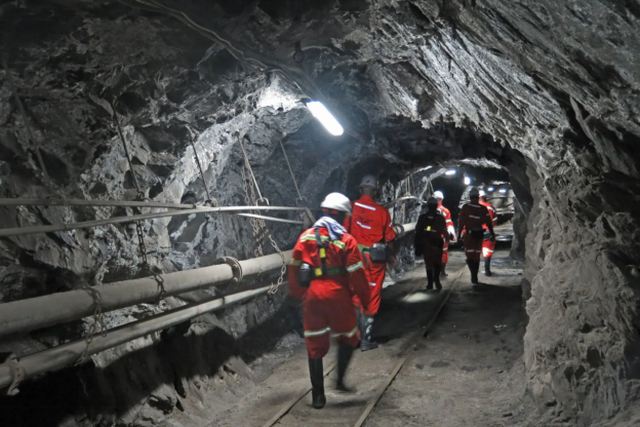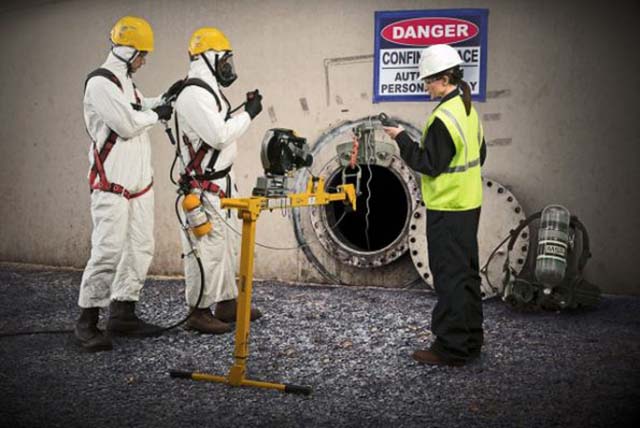- sales@estdetections.co.uk
- info@estdetections.co.uk
- Home
- About
- Applications
- Products & Solutions
Industrial Gas Detection System
- Contact
Menu
Menu
Gas detection systems typically involve the use of sensors that can detect specific gases and alert individuals or trigger safety measures when gas levels exceed safe thresholds. These systems can be standalone devices or integrated into larger safety and control systems.
The choice of gas detection methods and equipment depends on the types of gases present, the environment, regulatory requirements, and the specific needs of the application. Devices range from portable handheld detectors to fixed installations with interconnected sensors and alarms. Some use electrochemical sensors, infrared sensors, catalytic sensors, or other technologies to detect different gases.
Regular maintenance, calibration, and training for personnel handling these systems are essential to ensure their effectiveness in detecting gas leaks and ensuring safety.
Gas detection is crucial in various industries and settings to ensure safety and prevent potential hazards. Here are some places where gas detection is commonly used:

Factories, refineries, Oil & Gas Industry, chemical plants, and manufacturing facilities use gas detection systems to monitor various gas leakages that could pose risks to workers' health or cause explosions.

Mines can have hazardous gases like methane, carbon monoxide, and hydrogen sulfide. Gas detectors are critical for mine safety.

Gas detectors are used to monitor gas leaks from pipes or equipment, especially in confined spaces, preventing potential accidents.

Gas detection is also used in homes to monitor natural gas leaks from stoves, water heaters, or furnaces, ensuring safety for residents.

Copyright © 2023 Eurologic Science & Technology (EST) . All Rights Reserved.